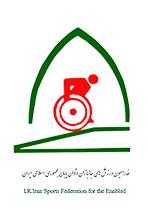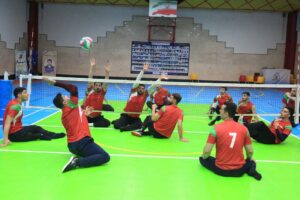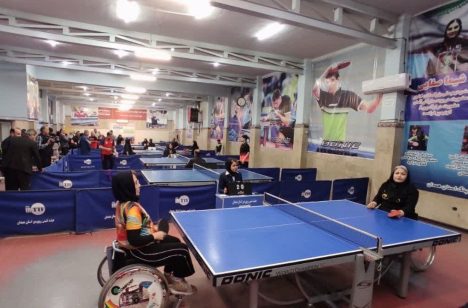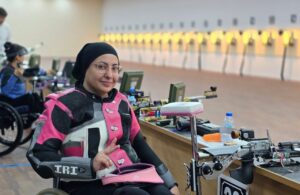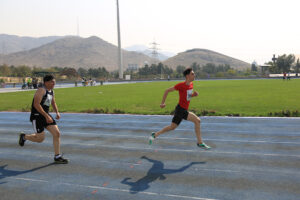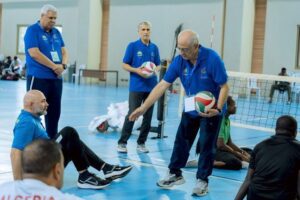The President of the Sports Federation for the Disabled and War Veterans emphasized the necessity of scientific and field synergy for the development of sports for persons with disabilities during the specialized consultation meeting “From Sacrifice to Honor.”
According to the Public Relations Department of the Federation , Dr. Jalil Koohpayehzadeh, President of the Federation, in the specialized symposium “From Sacrifice to Honor: Reviewing the Formation and Flourishing of the Paralympic Movement in the Islamic Republic of Iran,” highlighted the importance of National Paralympic Week and World White Cane Day, as well as the role of universities, media, and research centers in the scientific and cultural development of sports for persons with disabilities.
He recalled the significance of Paralympic Day and White Cane Day, stating: these occasions commemorate the efforts of a segment of society that has long been underappreciated. We are speaking about a community that has not yet received its fair share of attention in many areas, an issue that must be addressed seriously.
Referring to official disability statistics in the country, the President noted: at least 11 percent of our population consists of persons with disabilities, and when including their families, a large portion of society is directly engaged with empowerment issues. Increasing life expectancy and aging further magnify this challenge.
Dr. Koohpayehzadeh then underscored the importance of sports in combating inactivity and improving health, saying: unfortunately, sports capacity among persons with disabilities—and even among the general population—has not been fully activated. The development of this field requires synergy among universities, research centers, and sports institutions so that studies become both practical and effective.
Emphasizing university–sports interaction, he added: one cannot approach sports solely from a theoretical perspective without a field understanding. Researchers must be present in the venues and near training halls so that authentic, applicable scientific projects can be developed. Universities can play an active role in designing training programs, conducting physiological, biomechanical, and psychological assessments of athletes.
Dr. Koohpayehzadeh referred to the successful scientific collaboration between the federation and the national para powerlifting team, noting: within one year of cooperation between academic experts and the federation, the youth para powerlifting team won 15 world medals. This experience demonstrates how combining science and practice yields remarkable results.
He invited universities to actively participate in both scientific and practical projects in disability sports and added: one of our proposals is that each national team should collaborate with a university or research institute as its scientific partner.
The President also stressed the importance of using new technologies and artificial intelligence in disability sports, mentioning initiatives such as the athlete information registration system, the home-based training platform, and APC TV. He said that Iran ranks among the top three nations in the Asian Paralympic arena, and with structured, research-based planning, it can enter the list of the world’s top ten countries.
In conclusion, he emphasized enhancing the culture of social responsibility and encouraging philanthropists to engage in disability sports, adding: Iran is in a good position in the field of sports for the disabled and war veterans, but to progress further, we must act more scientifically, draw on experiences, and bring universities and research institutions into the heart of sports activities. Wherever research and sport have worked hand in hand, success has multiplied.

